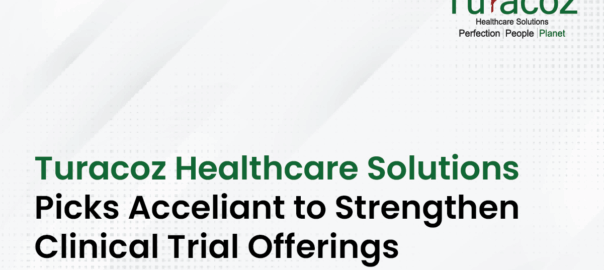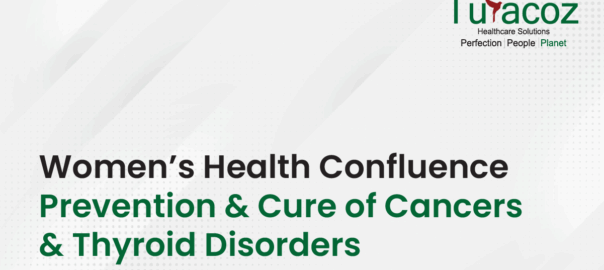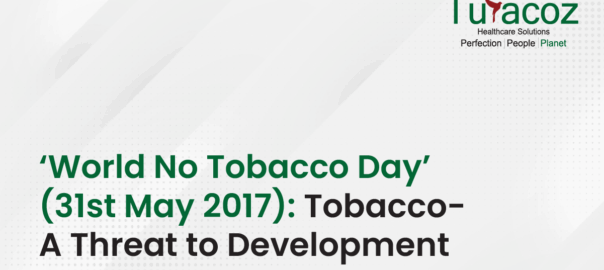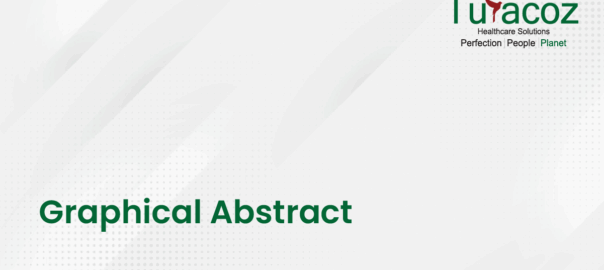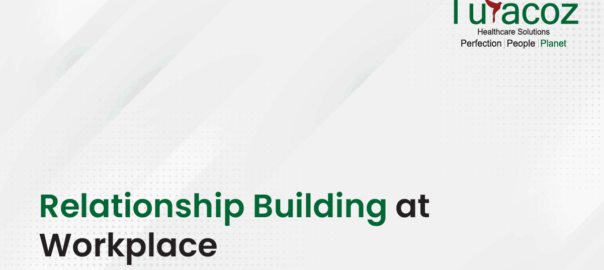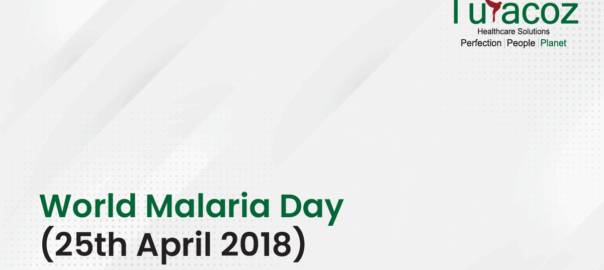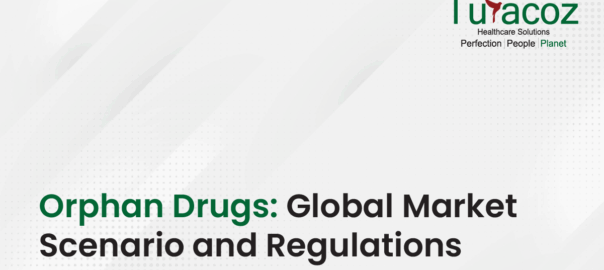Introduction
Medical device is an essential part of healthcare system. It is utilised for diagnosis, prevention and treatment of the disease as well as for patient care. It covers a broad range of products, starting from simple bandage to drug delivery pumps. Over the past two decades, the demand of safe and effective medical devices has increased tremendously. This has been achieved by constantly updating and improving the regulatory framework and implementing them in the process. Moreover, the regulatory authorities across the world are working towards smoothening of the process of registration of the medical devices.
Medical devices have different classification systems and marketing approval processes for different regions. The classification systems and marketing approval processes for United States of America (USA), Europe (EU) and Canada have been discussed below.
United States of America
The medical devices, in USA, are regulated by US Food and Drug Administration (USFDA), while the law, 21 CFR (code of federal regulation), describes the regulations of medical devices. FDA’s Centre for Devices and Radiological Health (CDRH) regularly monitors trends that point towards future product development and is responsible for pre- and post-market supervision of devices in US.
Classification of medical devices
US classifies medical devices into three categories:
- Class I General Controls
- With Exemptions
- Without Exemptions
- Class II General Controls and Special Controls
- With Exemptions
- Without Exemptions
- Class III General Controls and Premarket Approval
The USFDA has established classifications for approximately 1,700 different generic types of devices and grouped them into 16 medical specialties referred to as panels. A panel is assigned to determine the class of medical device and decides for the exception applicable to the device.
Marketing Approval Process
Firstly, the medical devices are classified according to the FDA searching database meeting the requirements of Quality system regulation (QSR) for which Quality management system (QMS) is implemented according to the 21 CFR part 820. Clinical trial data are submitted for some of the devices of class II and all the devices of class III followed by submission of Investigational Device Exemption (IDE) report followed by submission of 510(K) premarket notification or premarket approval application. Some premarket submissions such as PMA (Premarket Approval), De Novo (Evaluation of Automatic Class III Designation) and HDE (Humanitarian Device Exemption) are also required for submission, if applicable. Most of the devices under class II are required to submit 510(K) clearance form whereas, the devices under class III are required to submit PMA approval letter issued by FDA. Once all the clearance is submitted, FDA quality system inspects the manufacturing facilities for its compliance with QSRs. After that, the medical device listing and registration of competent company is done by using FURLS system on the FDA website in accordance with 21 CFR Part 807. The steps for issuing market approval for medical devices in the US are depicted in Figure 1.

Figure 1: Steps for medical devices market approval in the US
Europe
There is no single body in EU, as in India and USA, to regulate medical devices. However, a decentralized procedure of marketing authorization is followed in EU for regulating medical devices. A third party, i.e. notified bodies, is responsible for issuing Quality Assurance certificates as well as for assuring post-approval compliance to QMS.
European commission has established three directives which are regulated by Medical Devices Directives (MDD) and are allocated to regulate the safety and marketing of medical devices. The three directives are:
- Medical Device Directive (MDD 93/42/EEC)
- Active Implantable Medical Device Directive (AIMDD 90/42/EE)
- In Vitro Diagnostic Medical Device Directive (IVDMDD 98/79/EC)
Classification of medical devices
Europe follows a risk-based classification system which are broadly classified into 3 classes:
- Class I – Low risk
- Class IIa – Medium risk
- Class IIb – Medium/high risk
- Class III -High risk
Marketing Approval process
The market approval of medical devices in Europe is very different from the regulations in US. First the EU derivative which applies to the medical devices is identified followed by the determination of the class of the medical device according to the Annex IX. For class II and III QMS is implemented for the device in accordance with Annex II or V of the MDD. An authorized representative of Europe is then appointed who can take care of all the regulatory issues. A notified body audits QMS and all the technical documents after which the device registration is done followed by the registration of the competent authority with EU member state. Declaration of Conformity is then prepared which ensures the compliance of medical device with applicable Directive. Finally CE mark certificate for the device is affixed and placed it in market. Additionally, a Conformité Européene or European Conformity (CE) mark certificate is required to commercialize medical devices. The steps required for market approval of medical device in Europe are shown in Figure 2:

Figure 2: Steps for medical devices market approval in Europe
Canada
The medical devices in Canada are regulated by Health Canada. Therapeutic Product Division (TPD) of health Canada classifies medical devices on the basis of Risk-Based Classification System (RBCS). Health Canada follows a four-class scheme to classify medical devices according to the risk to the human body. Among the four classes, medical devices that possess lowest risk on human body fall under class I while the medical devices with high risk fall under class IV.
Marketing approval in Canada
For issuing market approval of medical device in Canada, first the class of the medical device is determined i.e. from class I to IV in accordance with schedule 1, part 1 of the Canadian Medical Devices Regulations (CMDR) SOR/98-282 as published by Health Canada. Except for class 1 medical devices, implement an ISO 13485:2003 QMS for all the devices followed by audit. Health Canada generally issues two types of licences for market approval of medical devices. These are the Health Canada Medical Device Establishment License (MDEL) and the Health Canada Medical Device License (MDL). MDEL is required for the devices that come under class I while the devices of class II and IV needs to have MDL for the device. Health Canada then reviews Canadian MDL application and Premarket Review Document.The approved application and certificates are posted on the official website of Health Canada and then the device is marketed. The steps for market approval of a medical device in Canada are shown in Figure 3:

Figure 3: Steps for medical devices market approval in Canada
Turacoz Healthcare Solution (THS) always aims to keep professionals updated about rules and regulations of drugs and devices of different countries. Turacoz is dedicated in providing scientific/medical writing support to the industry and academia. With expertise in several clinical trial related documents like Investigator Brochures (IBs), Protocols, Clinical Study Reports (CSRs), Clinical Evaluation Report (CER) and Common Technical Documents (CTDs) Prescribing Information (PI), we aim to deliver the best quality and guideline compliant documents to the pharma and different sectors of healthcare industry.


